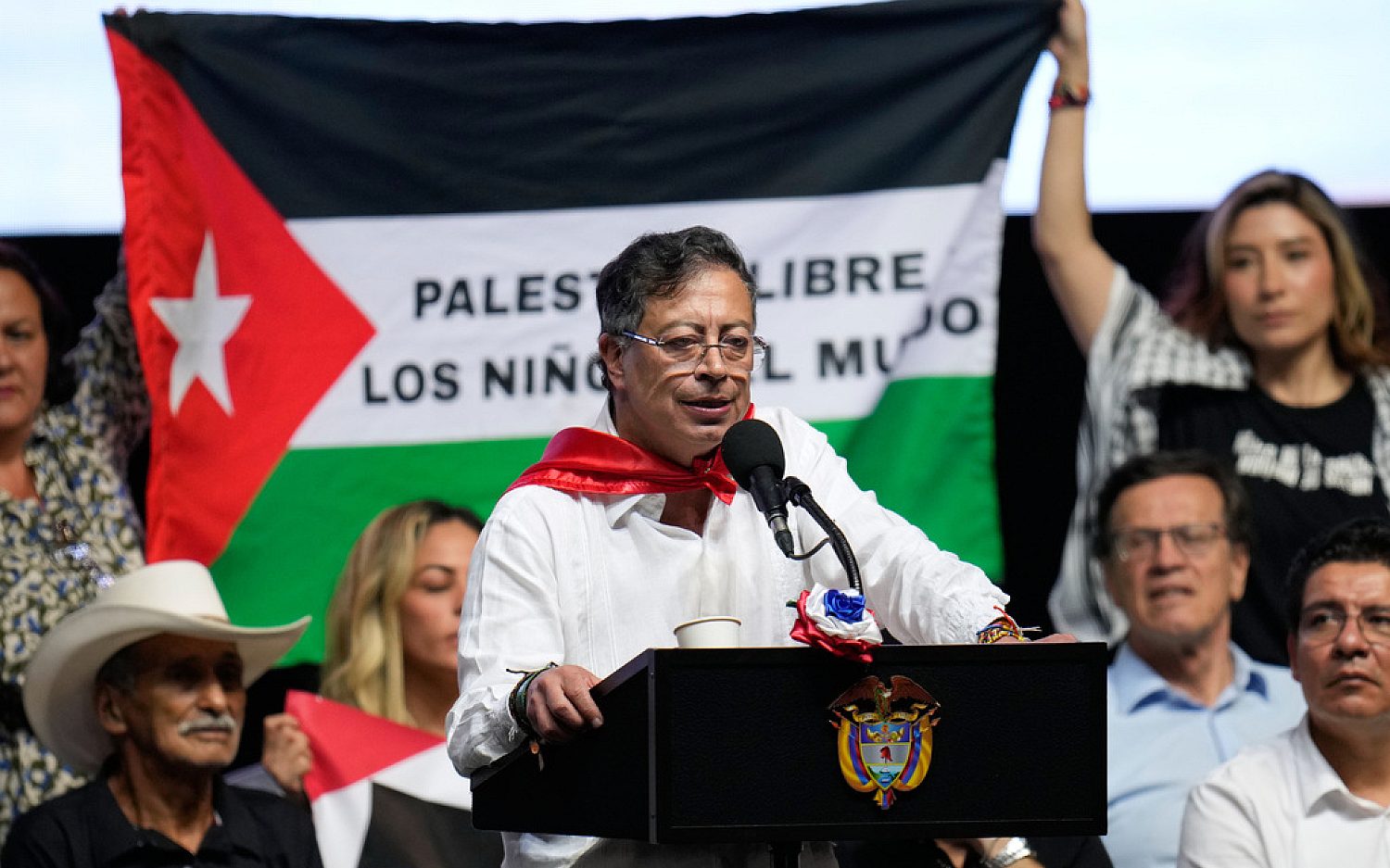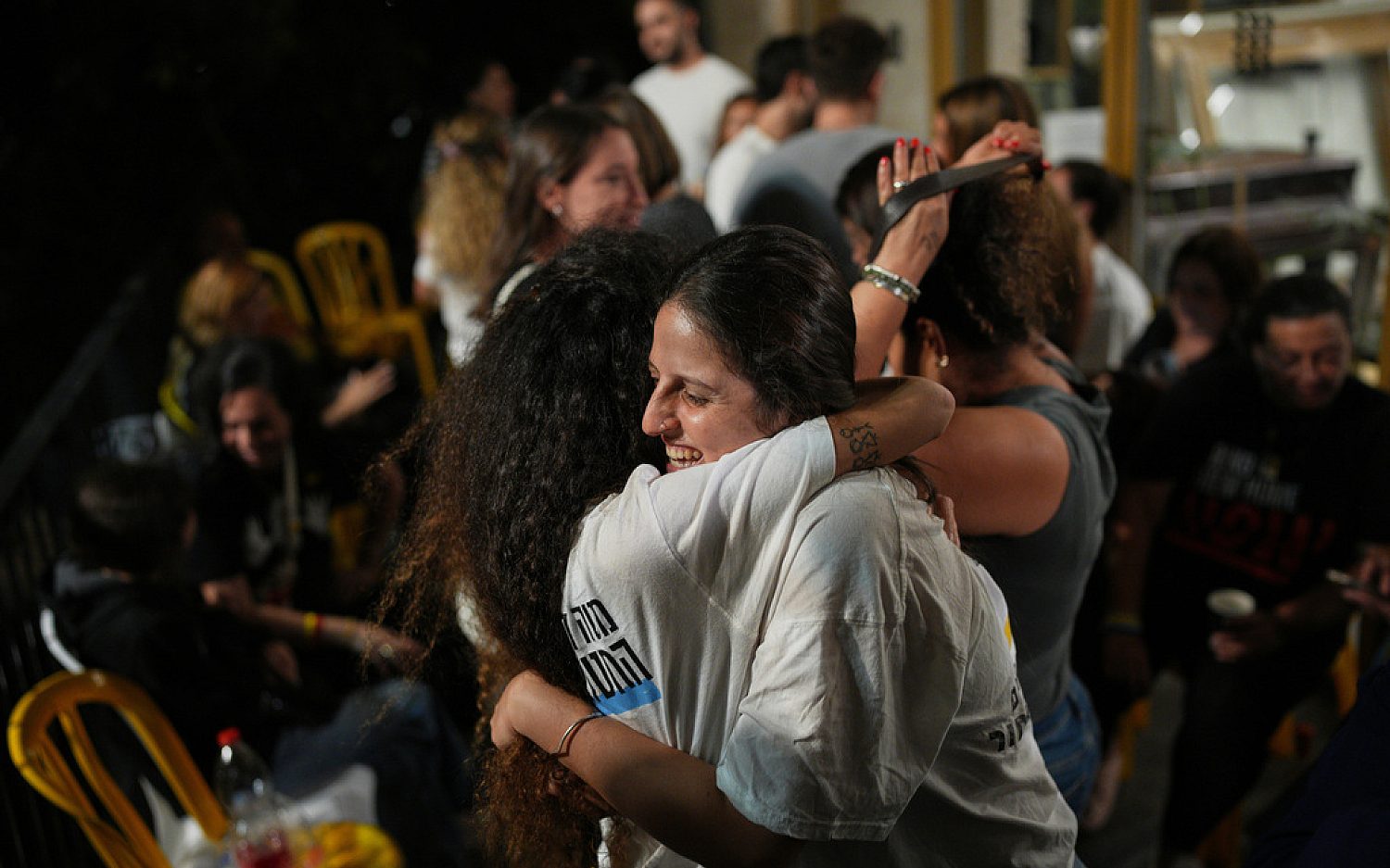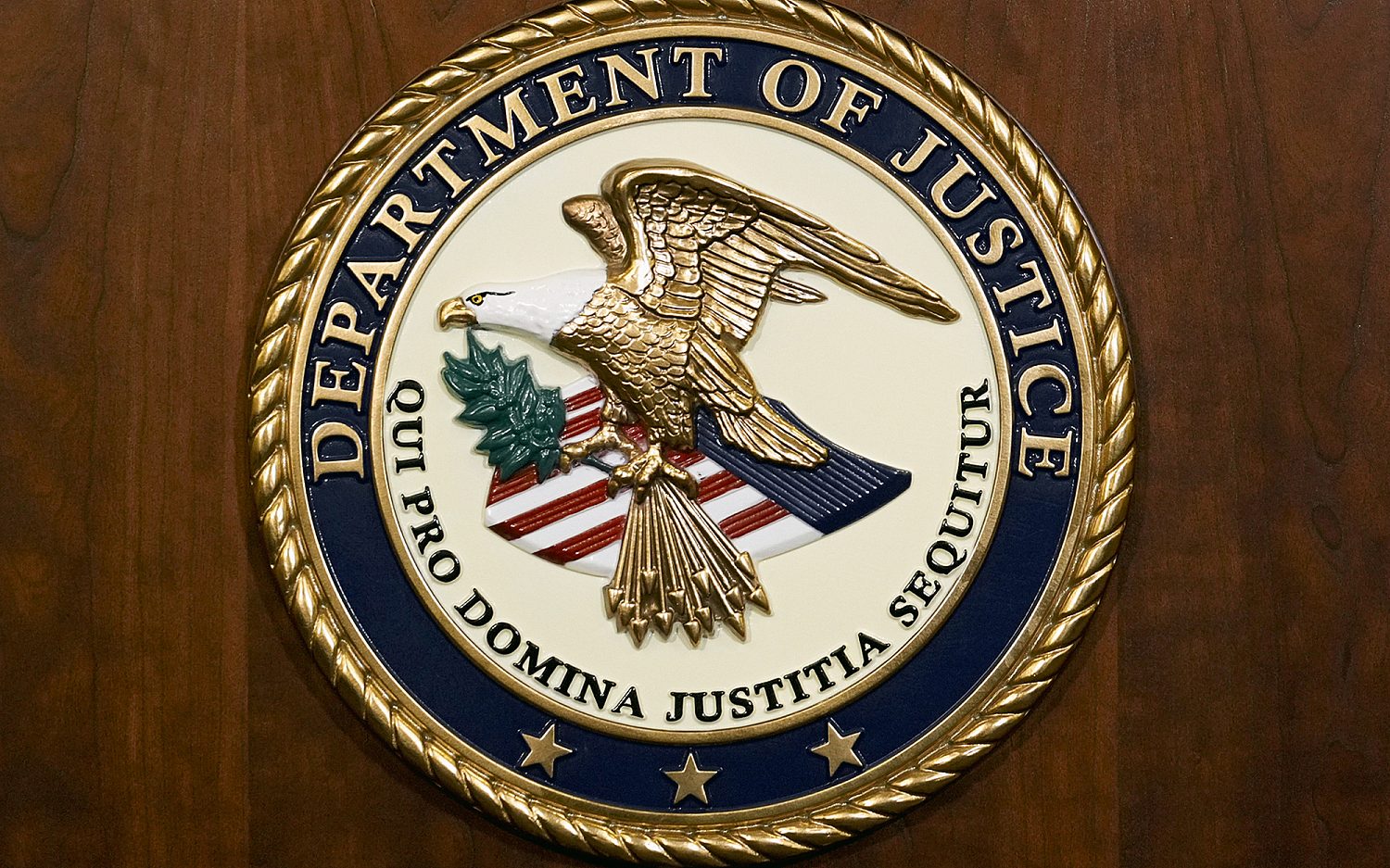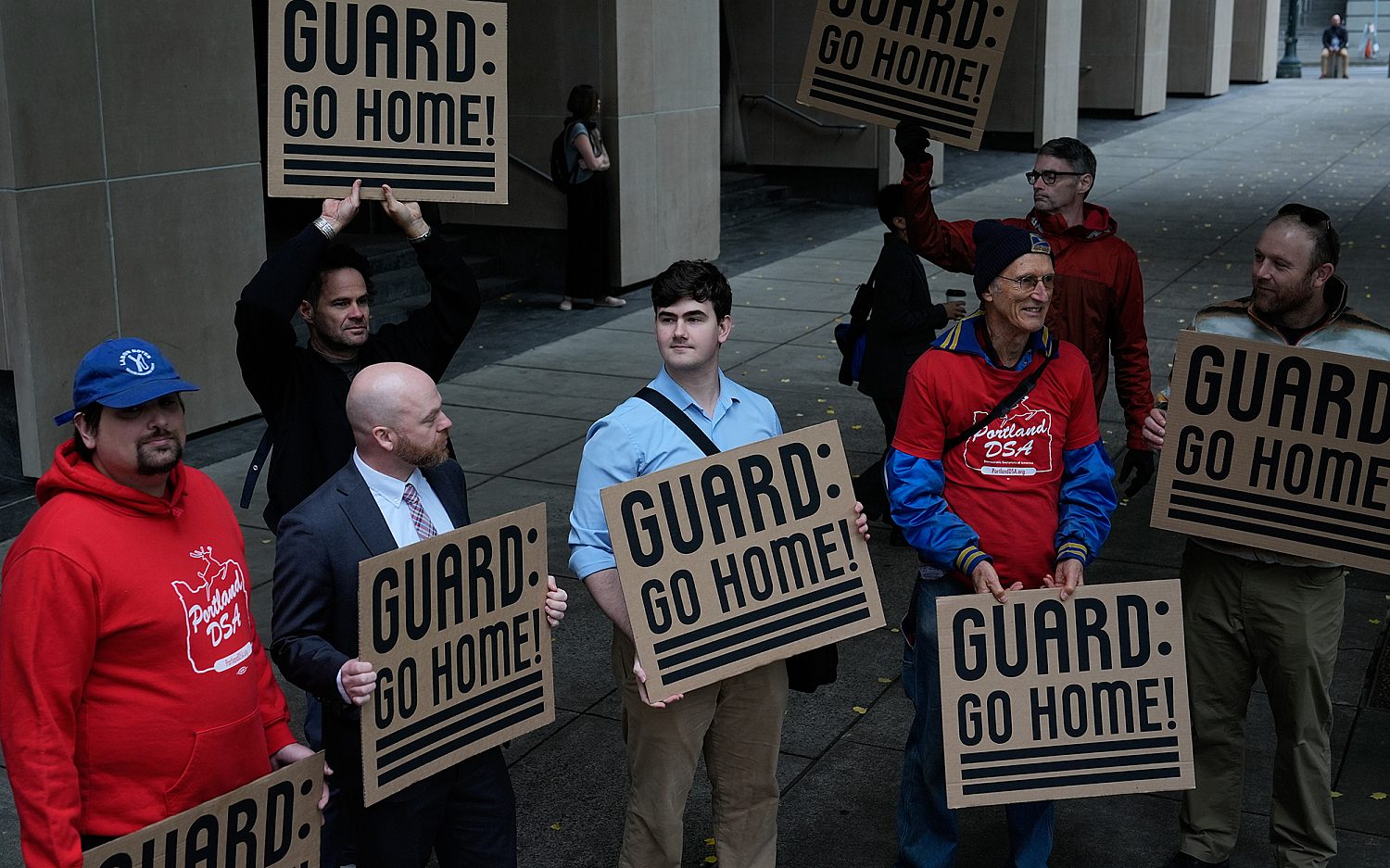Orlando attack offers first U.S. test for Facebook ‘safety check’
Social media is changing first-wave disaster response
In the wake of the Orlando terror attack, friends and family desperately turned to social media to find out whether their loved ones were OK.
A new Facebook feature, used for the first time in the United States on Sunday, helps make that process easier. Using location sensors, the “safety check” tool identifies people in affected areas and prompts them to update their status. The app asks if a user is safe, and when he or she taps, “Yes, let my friends know,” the tool alerts Facebook friends.
The safety check tool underscores how social media has become a fast and reliable means of immediate communication, even during natural disasters or terrorist attacks.
In the midst of Sunday morning’s terror, management at the Pulse nightclub also took to Facebook to warn patrons of the danger: “Everyone get out of pulse and keep running.”
Some found the new tool jarring.
“It’s terrifying that every notification I’ve gotten on Facebook today is former classmates having to mark themselves ‘safe,’” Lily Herman tweeted.
Others struggled with whether to use it.
“Honestly, I felt a little bad at first about checking in as safe on Facebook,” said Orlando resident Alex Sargent. “I wasn’t in Orlando at the time, I literally never go to nightclubs, and I’m not part of the LGBT community. … I decided that if there was any chance that someone thought that I might have been at Pulse, it was the least I could do just to let them know I was safe.”
Earlier this month, Facebook announced it would streamline the deployment method for the safety check tool. In the past, Facebook engineers needed to initiate the safety check in a disaster-affected area. Now the company is automating the tool so teams across the world can activate the safety check as needed to “identify and elevate local crises.”
Facebook engineers developed the safety check feature after victims of the 2011 Tōhoku earthquake and tsunami used social media to contact friends and family. At first, the company deployed the safety check only for natural disasters, but during the Paris attacks in November, Facebook for the first time initiated safety check for a terror attack. The company has now used the tool for terrorist attacks in Brussels, Lahor, Ankara, and Orlando.
“[I]t can take some pressure off of overloaded infrastructure with everyone trying to call affected areas after disasters hit, and of course, save you from a post-tragedy chewing out for failure to let people know you’re fine,” wrote Richard Lawler, senior editor of tech news source Engadget, when Facebook first launched the tool.
Some people criticized Facebook for not launching the feature sooner for terrorist attacks. Critics accused the company of bias when it didn’t activate the safety check in Beirut, Lebanon, where suicide bombers killed 43 and wounded hundreds just two days before the Paris attacks.
With the high amount of social media traffic surrounding Paris, Facebook saw the need to broaden the safety check feature’s use. Between January and May, Facebook deployed the tool 17 times.
The internet might not always be accessible in the midst of disaster or terrorist attacks. But with 1.4 billion users worldwide, Facebook is rapidly becoming part of first-wave disaster response.
An actual newsletter worth subscribing to instead of just a collection of links. —Adam
Sign up to receive The Sift email newsletter each weekday morning for the latest headlines from WORLD’s breaking news team.




Please wait while we load the latest comments...
Comments
Please register, subscribe, or log in to comment on this article.